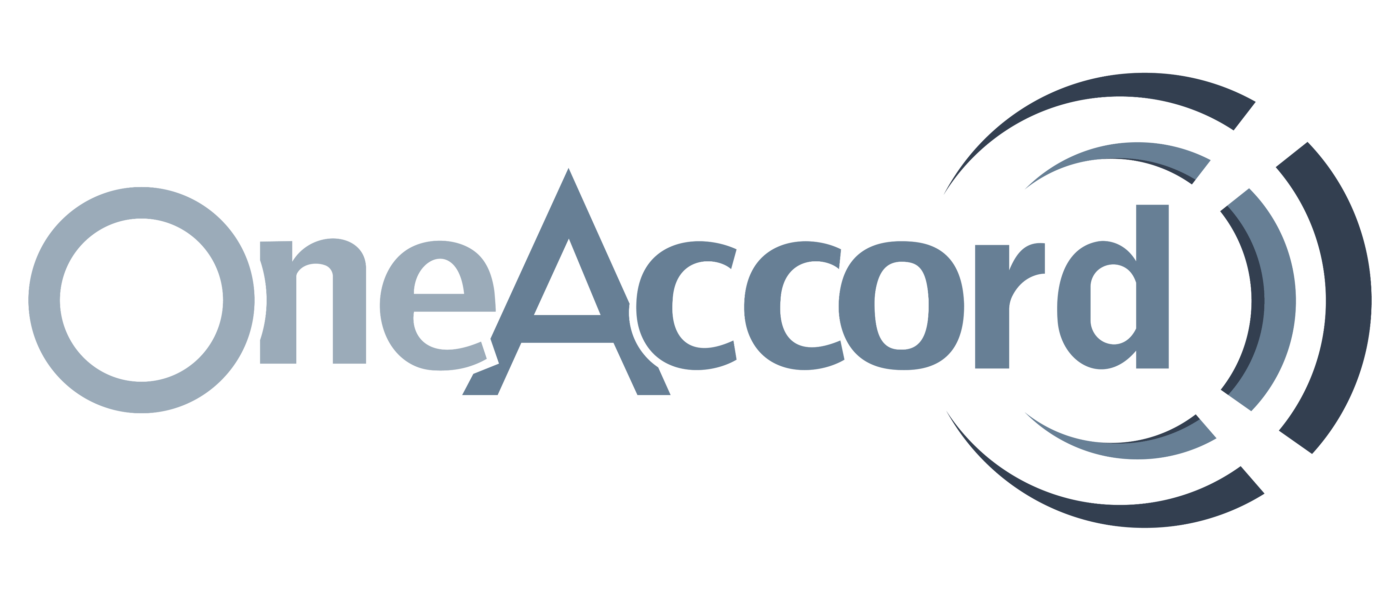80% of Business Owners Aren’t Ready for Transition: How to Prepare for a Successful Business Exit
Like 75% of business owners who would like to exit their business within the next ten years, Lee and his wife decided to sell their business Redfern Concrete Construction to their son and enjoy a retired life. Struggling with concerns about the sale price and placing a cumbersome financial burden on their son, the couple engaged the OneAccord team for help, leading to an end sale price that was 70 percent higher than what we started with.
Great businesses aren’t built by accident.
They’re built with purpose, clarity, and a plan that turns vision into action. That’s what OneAccord delivers: a tailored path to help your business grow, scale, or exit with confidence.
Whether you’re navigating stalled growth, operational challenges, or preparing for a sale, our proven process provides the structure, leadership, and hands-on execution you need to move forward.
Get in Touch
Whether you’re scaling, preparing for a transition, or working through a challenge — sometimes the most valuable move is a conversation with someone who’s walked that road.
We’d love to hear where you are, where you’re headed, and explore how we can support your next chapter.
Understanding Business Owner Readiness for Transition: Why Many Are Unprepared for an Exit
The Three Legs of the Stool theory identifies Business, Personal, and Financial as the three key elements in defining readiness. A business owner is ready only when their personal, financial, and business goals are defined and aligned. Zooming into the detailed preparation steps, our experience, along with research and surveys, has helped us conclude that successfully written personal plans and business transition plans are two major benchmarks validating the abstract concept of “readiness”.
If you’re in the early stages of this process, you may benefit from reading Building a Sellable Business: Key Factors That Increase Market Value.
The Gap Between Perceived and Actual Business Transition Readiness
In the past decade, we were glad to see surveys reporting business owners’ rising pursuit and awareness of transition preparation. With 49% of business owners wanting to exit within the next 5 years and 75% within the next 10 years, 4.5 million privately held businesses may transition within the next 10 years representing nearly $14 trillion of business wealth at stake (EPI National State of Owner Readiness Report, 2023). With the popularization of transition preparation awareness, 68% of respondents in the EPI national survey indicated that they were above average when it came to their personal financial readiness and 47% responded feeling best-in-class or better.
However, the status quo is much less optimistic when we zoom into the individual businesses and owners’ situations. While 70% of business owners do consider succession and exit strategy planning important, even in countries like the USA, where education on transition is comparatively higher than other countries, less than 20-30% are actually ready to sell their businesses. 70% of business owners surveyed in 2023 confessed to having no formal estate plan, a pivotal component of a personal financial strategy. Even among the respondents who claimed to have estate plans, over 60% of them admitted the flaws and incompleteness in their current estate plans.
Interestingly, in terms of owner’s business readiness, a similar cognitive dissonance was again observed by the survey: though the 2023 business owner respondent group indicated a high level of business readiness, only 42% of the respondents indicated they had a written and formal transition plan for their company.

What Does It Take to Be Prepared for a Business Exit? Key Factors for Transition Readiness
More business owners are driven by the need to fund retirement, especially among small businesses. However, relying heavily on family succession, only 30% of these millions of small businesses survived from the first to the second generation, and only 12% from the second to the third generation, largely due to obstacles created by emotional attachments, family issues such as sibling rivalries, and conflicting opinions on leadership roles or business structures. In these situations, neutral advisory and professional coordination are required to make sure that, like in Lee and his family case, each family member gets their subjective realized by bringing each party into alignment.
If you’re unsure whether now is the time to sell, check out Avoiding the Perfect Trap: Choosing the Right Time to Sell.
How to Bridge the Gap in Business Transition: Effective Strategies for Success
Lastly, zooming out to the big picture of business transition’s status quo, the 2023 EPI report estimates that only 30% of small businesses will successfully sell, leaving 70% of small businesses without a buyer or successful plan for what happens next. Rooted within the soil of a gradual population of pursuit and awareness of business transition, business owners’ outreach to professional transition teams will shelter them from potential blind spots, limitations in visions and resources, and conflicts between stakeholder parties.
To maximize your transition planning, explore our Strategic Planning Services.
Ready to Transition Successfully?
Book a Free Exit Planning Consultation
Download the Business Exit Readiness Checklist
Discover more blog posts
Let’s Start with a Conversation
Whether you’re navigating a transition, hitting a plateau, or simply ready to grow, a free consultation is the best way to explore what’s next.
No sales pitch—just a thoughtful conversation about where you are, where you want to be, and how we might help you get there.
FAQs: Strategic Business Planning & Support
Strategic Planning creates a roadmap for your company with clear initiatives, responsibilities, and goals. Business Coaching with OASYS helps your team implement that roadmap through better systems, leadership, and team alignment.
When you’re facing transition, gaps in leadership, or need momentum during key growth or exit phases. It’s a cost-effective way to get experienced leadership without a long hiring cycle.
Yes—but it often leads to deeper engagements. About 70% of our strategic planning clients move into coaching or executive support once they see the results.
No. We specialize in helping mid-market businesses—typically $5M–$100M in revenue—across industries prepare for growth, scale, or succession.
We typically begin with a consultation, followed by a discovery phase. Depending on the engagement type, we can often begin work within 2–3 weeks.
















